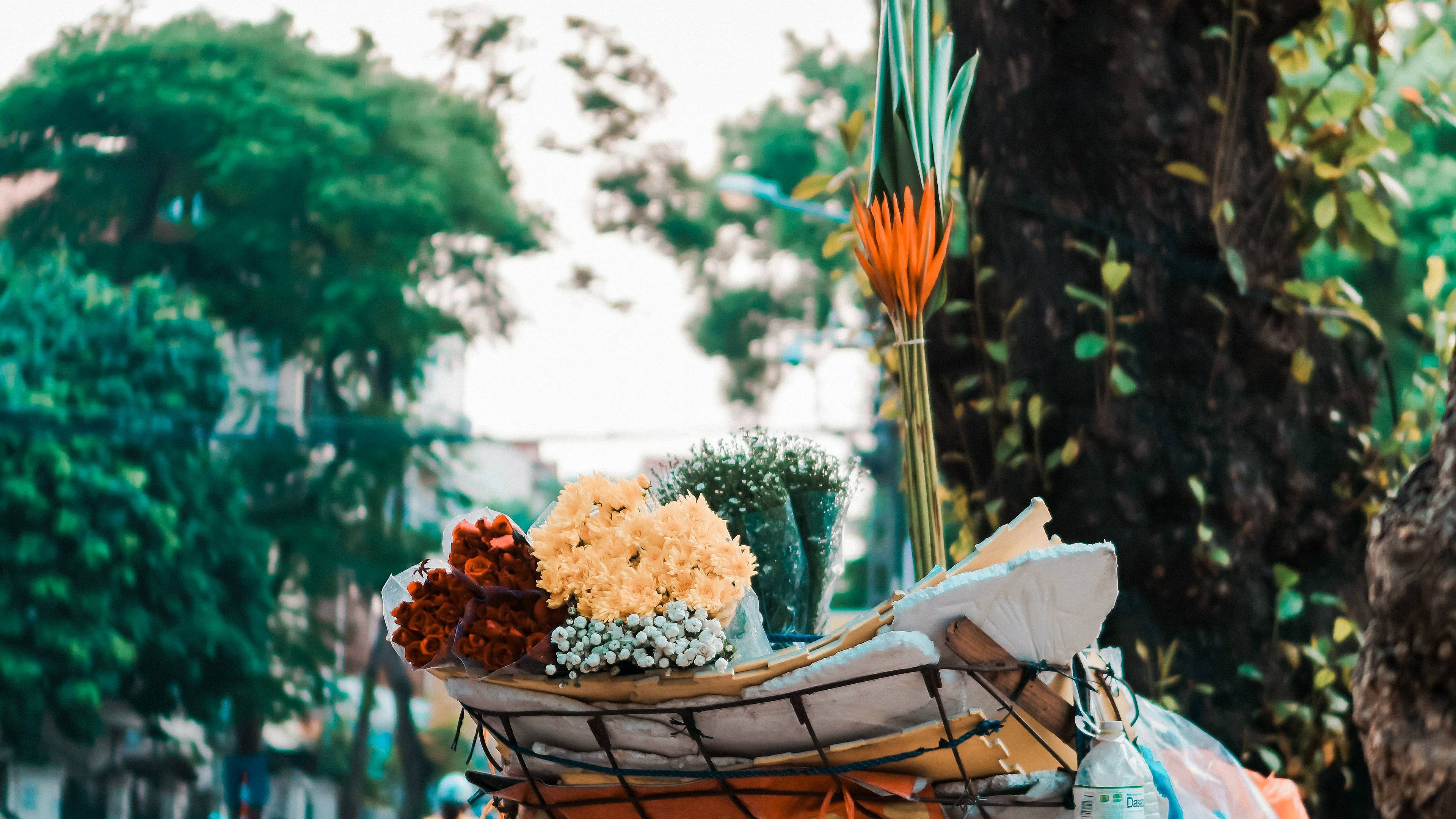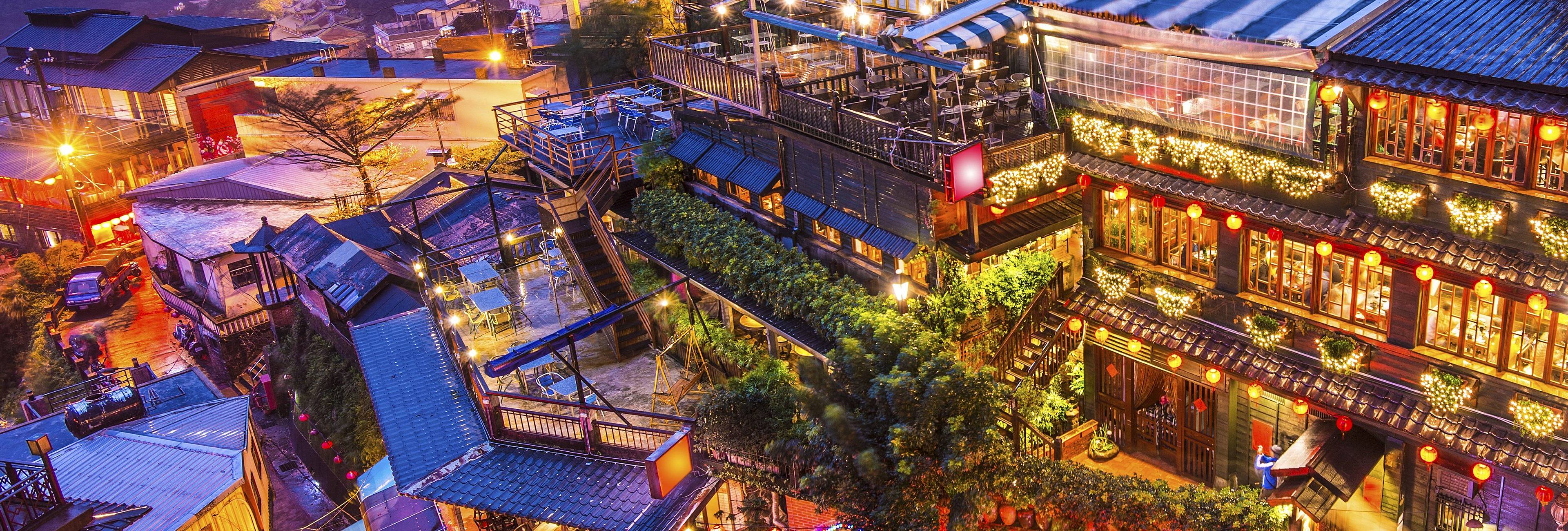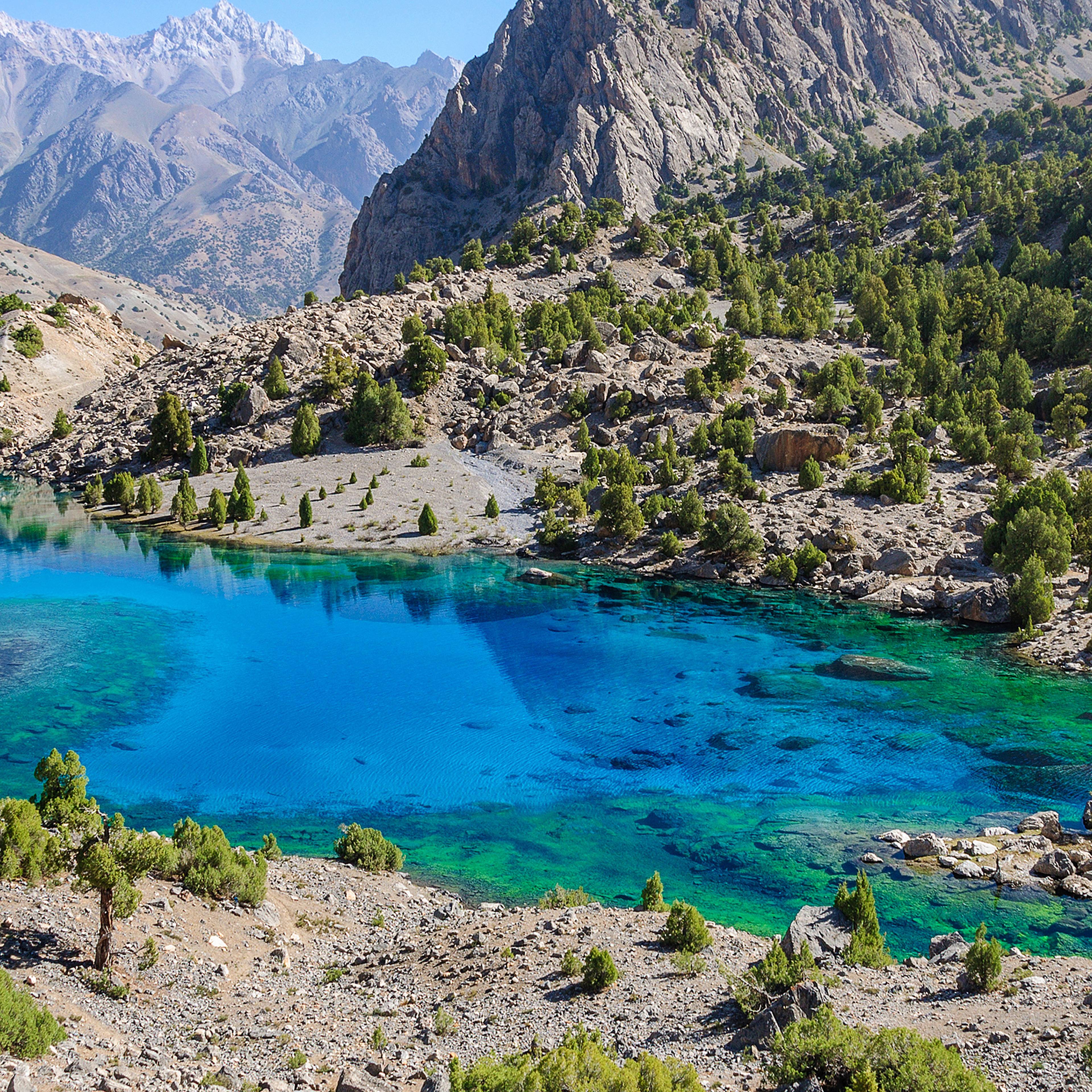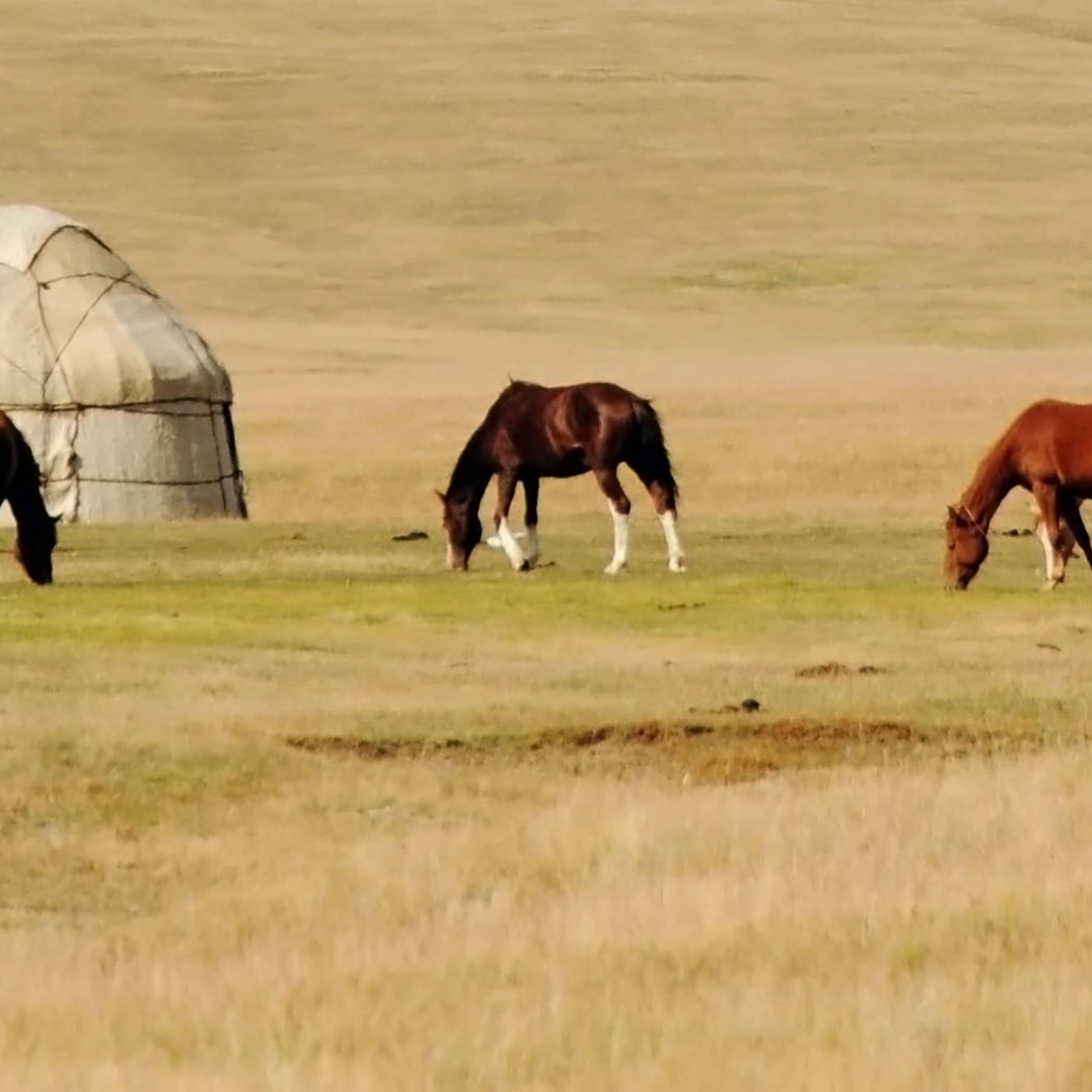

Travel in Vietnam
Someone talks about Vietnam and you automatically think of spring rolls, pointed hats or shoulder yokes, those large sections of bamboo and their two suspended woven baskets. Our collective imagination has been flooded with these images... But do they correspond to the current reality of Vietnam? Even if they are not all representative of life in the cities, they still subsist in the countryside... However, Vietnam cannot be summarized by these few clichés. Its people have come far with a particularly turbulent 21st century. The country is now decidedly turned towards the future: Vietnam changes and evolves. The former children of the “boat-people” are returning to Saigon to fulfil their dreams and seek success. Hanoi has opened superb art galleries... For many, Vietnam consists of mountains and plateaus, Vietnam is marked by two major waterways, the Red River to the north, and the mother of all rivers, the Mekong to the south. Between equatorial plains, temperate plateaus and high summits, you will be awestruck by the tender green rice paddies, the canyons of Red River and the superb Mekong Delta.... And if beyond its people and nature you still need a reason to visit Vietnam, let’s mention gastronomy! Vietnamese cooking is one of the most renowned worldwide, light and refined by the same token: spring rolls of course, but also Pho, Cha cà, Oc nhoi and other delicious meals...

Guide to travelling in Vietnam
A medley of cultures that still retains its own unique sensibility, the streets of Vietnam are filled with influences from other countries and a nation looking solidly to the future. Buzzing motorcycles, towering skyscrapers, narrow lanes packed with French colonial buildings, and the aroma of Pho are a treat for the senses in both the capital Hanoi and the sprawling Ho Chi Minh City. At the same time, the long coastline offers incredible beaches and nearly untouched islands to explore in perfect tranquillity, and the gorgeous Mekong Delta retains classic images of rice farming. After a history of troubling wars, Vietnam has invested in both its future and opening its diverse doors to the world. No amount of time in Vietnam will be enough to discover all of its incredible secrets and you’re sure to be left wanting more after your unforgettable trip.
Why go to Vietnam with a local travel agent?
Travellers who go to Vietnam with a local travel agent will benefit from their extensive experience of living and travelling throughout the country. They also do various inspection trips each year to a range of areas, to make sure they know all there is to know about the hotels, restaurants, hidden gems, highlights and practical aspects of each location. This means that they will always be able to find the most suitable itinerary for each traveller as well as giving them practical advice. In terms of pricing, it’s more reasonable to go with a local agent, too. Not only will you avoid paying any third party fees, since you’ll be directly in contact with the local agent, you will also have access great deals that the agency has acquired with local hotels, resorts and sites.
What are the most common things to do in Vietnam?
Whilst there is a lot to be said for going totally off the beaten track, seeing the sole of Vietnam’s most popular attractions will allow you to see the real highlights of the country from the outset.
- Visit Hanoi, Hạ Long Bay, Hue, and Hội An in the central of Vietnam, Saigon and Mekong Delta in the southern part of Vietnam, and see why these destinations are must-visit sites.
- Discover the rich history of Vietnam in its many museums throughout the country.
- Discover a huge range of beautiful landscapes, since the variation from North to South is enormous. Explore everything from the mountains to the Mekong Delta.
- Cycle through the old quarters of Hanoi and take in the bright colours and vibrant life here.
- Stay on a boat and cruise through the incredible scenery of Hạ Long Bay before exploring the national parks in the area.
- Discover the modern city of Ho Chi Minh, tasting delicious food and getting to know the people of Vietnam.
When is the best time of the year to go to Vietnam?
Vietnam is a long country and so it has several microclimates that affect the weather in different areas of Vietnam. For this reason, the weather can be varied but Vietnam is a year-round destination since there is always at least one part of the country which has good weather. Vietnam is a tropical country and can be quite humid and can range anywhere from 35% to 85%. The temperature is often much cooler in the northern part of Vietnam. In the southern part of Vietnam, between October and April, the average temperature is 30 to 32 degrees Celsius.
When does the rainy season start?
During the rainy season, travellers often find that their trip is not affected since the downpour is intense but very short-lived, meaning it is easy to simply grab a meal during the day’s rain and continue the day’s travels once it has passed. The rainy season in the northern part of Vietnam falls during July and August, and part of September. For the southern part, the weather can vary and it usually rains once a day for around 20 minutes due to the humidity, but then clears up for the rest of the day. Monsoon season in the South typically falls between May and September.
Which is the most unique off the beaten track experience in Vietnam?
Vietnam has so many incredible off the beaten track experiences and Pù Luông Nature Reserve is just one example. Located in the northern part of Vietnam, it is a three hour and a half or a four-hour drive from Hanoi. Here you can stay in a home-stay, in a traditional steel house with local people. If this isn’t for you, why not stay at an eco-lodge? Here, you will wake up to beautiful views overlooking the valleys. Wherever you choose to spend the night, you will be able to go trekking, cycling, or bamboo rafting, allowing you to enjoy the beautiful nature in this area, get closer to the local people, and learn more about the local cultures.
Is Vietnam safe to travel and what to avoid in order to stay safe?
Vietnam is a very safe destination. You will be able to enjoy the country’s nightlife whilst grabbing a local beer or enjoying a local restaurant without having to worry. Enjoy the incredible local cuisine or lively streets of Hanoi for instance, or see the streets of Hoi An lit up with the town’s famous handmade lanterns which truly come to life at night.
As with any tourist destination, sometimes unwary tourists can fall victim to scams; such as being overcharged for taxis or motorbike rides. These are few and far between, however, and with the help of a local guide or local agent, you can rest assured that you are in no danger.
Which are the best islands in Vietnam?
Vietnam’s secluded beaches
In the North, visitors can enjoy a stay at Whale Island Resort, about two hours North of Nha Trang in the centre of Vietnam. Stay in a hut or bungalow and enjoy this secluded island paradise. Enjoy the sandy beaches where you can go snorkelling or diving, or simply relax in the sun. There are no televisions or phones in the accommodation here, so you will truly be able to escape from the stress of everyday life.
Côn Đảo Island in the Ba Ria–Vung Tau province is also not to be missed. Côn Đảo is still less visited when compared with some other islands, such as Phú Quốc, in the southern part of Vietnam. So Côn Đảo Island is certainly a hidden gem which can offer a stunning, secluded escape and a perfect getaway for a tranquil few days during your visit to Vietnam.
Vietnam’s most remarkable beaches
Vietnam’s long coastline means that it offers countless candidates for remarkable beaches and wherever you travel, you won’t be far from an incredible seaside spot. In the Da Nang area, starting at Da Nang beach, you will find not only the popular Da Nang itself but also some smaller beaches, such as Phan Rang or Mũi Né beach. My Khe, Bai Sao beach and the beaches of Phú Quốc island also make excellent choices since these are secluded and idyllic, with long stretches of white sand disappearing into crystal clear waters.
What wildlife can be spotted in Vietnam’s national parks?
For a truly unforgettable wildlife experience, head out to Cát Tiên National Park in the southern part of Vietnam. Explore the park during the evening to see a whole host of Vietnam’s resident wildlife. On one outing you can see so many animals in their natural habitat that this experience is truly unlike any other. Get up close to Vietnam’s many species of deer, such as the Sambar deer, the mouse deer and the barking deer. Discover other animals such as the civet, the squirrel or the white water buffalo. At crocodile lake, you’ll be able to see the Siamese crocodile which lives in the park as well as the various birds, such as peacocks, that share this breathtaking area with countless other animals.
What to do and see in the Mekong Delta?
The Can Tho and Vinh Long areas are real highlights of the Mekong Delta. Take a bicycle or a boat trip to the surrounding villages and beautiful Vietnamese countryside. To get a true sense of life in these areas, why not take an early morning boat trip to visit the floating markets? See the local people eating, talking and laughing as they sell fruits and local produce from all around the Mekong area. Experience the bright colours and authentic atmosphere of the Cái Răng floating market in Can Tho.
A visit to Châu Đốc, which is located near the Cambodian border, is also highly recommended. In Châu Đốc, you can take a boat trip to see the fish farm or visit the Cham people. Visit the relatively nearby Trà Sư forest to immerse yourself in nature. Stroll among the Cham trees, from which the Cham people build their rafts or see the different types of birds that call this forest home. Climb up to the watchtower where you will be able to observe the birds as well as look out over the stunning scenery before the sun sets and as the birds return to their nests.
What are the best places for a yoga retreat in Vietnam?
Hue is the hub for Vietnamese yoga retreats and many have been set up here since it is the ideal location for relaxation and recuperation. Vedana Lagoon, for instance, is a resort overlooking the lagoon in Hue and is an idyllic site. Make the most of the country’s culture which has practised Yoga in various forms for centuries. Many of Vietnam’s own residents practise Yoga daily and in the mornings, can often be seen outside doing just that or perfecting Tai Chi.
What is Vietnamese food known for and what makes it unique?
Vietnamese food is known for being incredibly healthy, tasty, and delicious because the ingredients are often homegrown or bought fresh from the country’s thousands of markets every day and cooked at home. Even restaurants follow this same routine; going to markets and buying the freshest ingredients. Vietnamese cooking doesn’t incorporate much oil and is not as spicy as other Asian cuisines, such as Thai food. Fresh, tasty, delicious and healthy: Vietnamese food is unforgettable.
Which efforts are being taken to conserve Vietnam’s wildlife, landscapes and local communities?
In recent years the Vietnamese government have made efforts to maximise the potential of tourism to conserve Vietnam’s wildlife, landscape, and local communities. They have developed strategies to conserve wildlife and encourage NGOs to get involved in wildlife conservation. Homestays, for instance, have been greatly promoted and they boost the local community as well as offering travellers the chance to make connections with locals. National parks have also been promoted, meaning that travellers, as well as locals themselves, learn to value and appreciate the landscape and wildlife. Minimising negative aspects of tourism whilst maximising positive ones is the main goal of conservation in Vietnam.
What are the most remarkable landmarks in Vietnam?
Hạ Long Bay; known as the island’s rising from the sea, consists of more than 2 000 islands which make up one of the most remarkable landmarks in Vietnam. Coast through the towering pillar-like islands, surrounded by the waters of the bay. Sơn Đoòng Cave, too, is an incredibly impressive landmark. Located in the central part of Vietnam, is one of the biggest caves in the world, and it has featured in many different films and National Geographic magazines. walk through the cave and the bizarre rock formations that make it such a fascinating visit.
For those travellers interested in cultural landmarks, Hanoi is home to the Temple of Literature. Celebrated as the first national university of Vietnam, the temple was built in the year 1070 in the 11th Century and provides a fascinating insight into Vietnamese culture and history.
What are the most scenic hiking trails in Vietnam?
For the most beautiful hiking trails in Vietnam head to the Sa Pa area in the mountainous, North Western part of Vietnam. Hike through the spectacular trails, rice fields and stunning valleys, passing authentic villages, communities and farms along the way. The Cao Bang province is also home to some truly unforgettable hiking trails which are sure to be unlike anything you’ve experienced before.
What are the best drives for a motorcycle tour in Vietnam?
For a motorcycle tour in Vietnam, the Northwest or the Northeast of Vietnam are highly recommended, because both routes are very beautiful and inhabited by different minorities. This means that you can visit the market in each town, and see a totally different atmosphere with each stop.
Not only do motorbikes play a crucial part in Vietnamese culture but they also provide an exciting way of seeing the country, following incredible routes along coastal paths, mountain passes and city roads. Enjoy a thrilling ride which makes getting from A to B so much more exciting than a simple bus ride, whilst experiencing an everyday part of Vietnamese life. What’s more, there are many routes and tours available which make a motorbike tour of Vietnam incredible easy, affordable and accessible to every traveller who wants to give it a go!
What are the best routes for a cycling tour in Vietnam?
A cycling tour in Vietnam provides the perfect family alternative to a motorbike tour, or perhaps just to those looking for a more active trip. Three areas which are home to unforgettable routes and are well adapted to cycling tours are Sa Pả, Điện Biên Phu, or the area around the Border with Laos. Pù Luông nature reserve is also home to so many cycling routes and is one of the most naturally beautiful areas of the country, making it a fantastic choice. If none of these takes your fancy, why not take a route from Hue to Hội An. On this route you will cycle up the Hải Vân pass and along the breathtaking coastal route; if the impressive scenery is what you’re after, then this route is the one for you.
Why should I spend my honeymoon in Vietnam?
Vietnam’s rich culture, the plethora of destinations, secluded beaches and romantic accommodation options make it the perfect choice for any honeymoon. The country is very safe and so you’ll be able to totally relax here. Whether you’re more adventurous honeymooners or simply want to relax and enjoy each other's company, Vietnam will be an incredible place to make some wonderful memories together. Go on a private cruise around Hạ Long Bay, where you will be able to enjoy cruising on a private overnight cruise stay, before relaxing with a barbeque on the beach or on the sundeck.
What vaccinations are required before going to Vietnam?
It is recommended that all travellers planning a trip to Vietnam are vaccinated against Hepatitis A and Typhoid, as well as being up to date on their routine vaccinations. However, dependent on the time of year and current recommendations, more vaccines may be added to this list. It is important to check with your doctor several weeks before your planned departure.
When to go in Vietnam?
Traveller reviews of their trip to Vietnam
How to get to Italy?
Transportation to in Vietnam is not included in the price of your trip. You can easily book them at any time through one of our partners.




